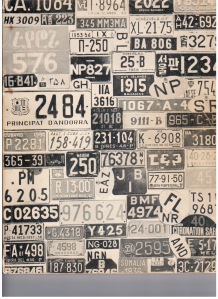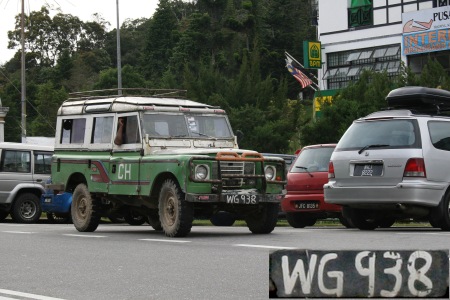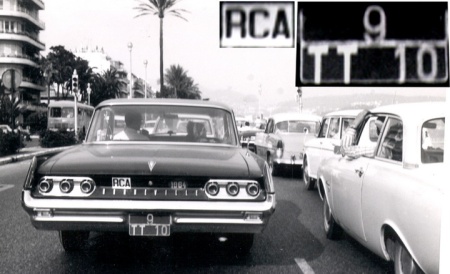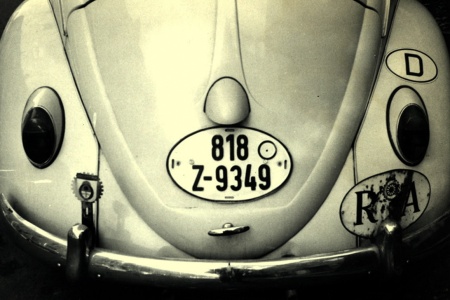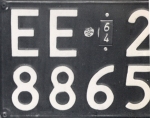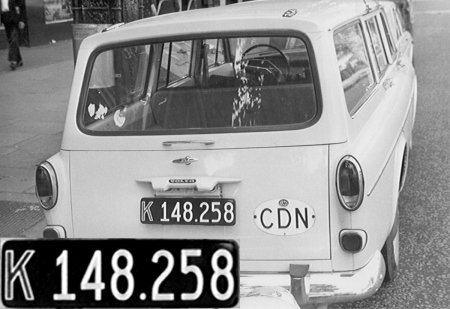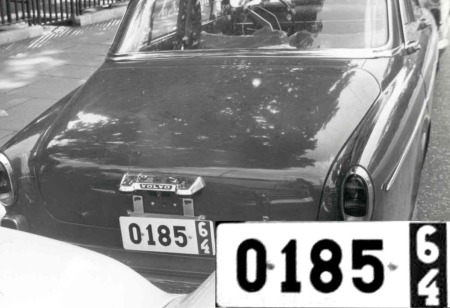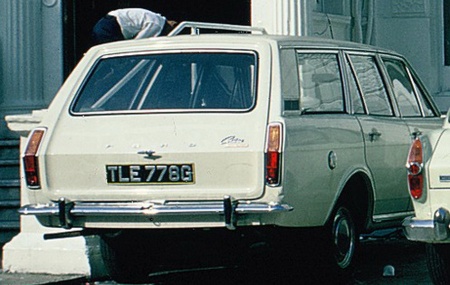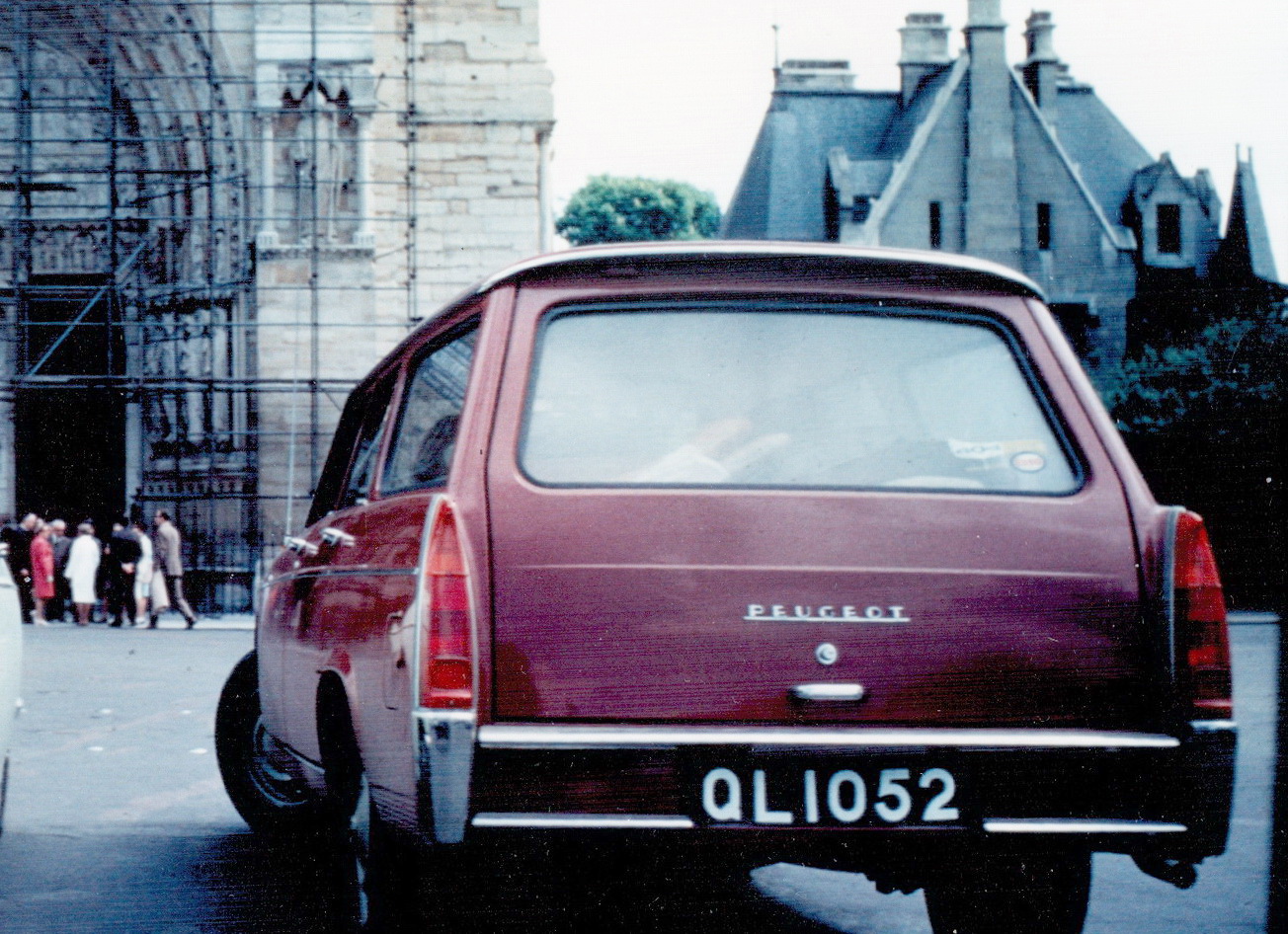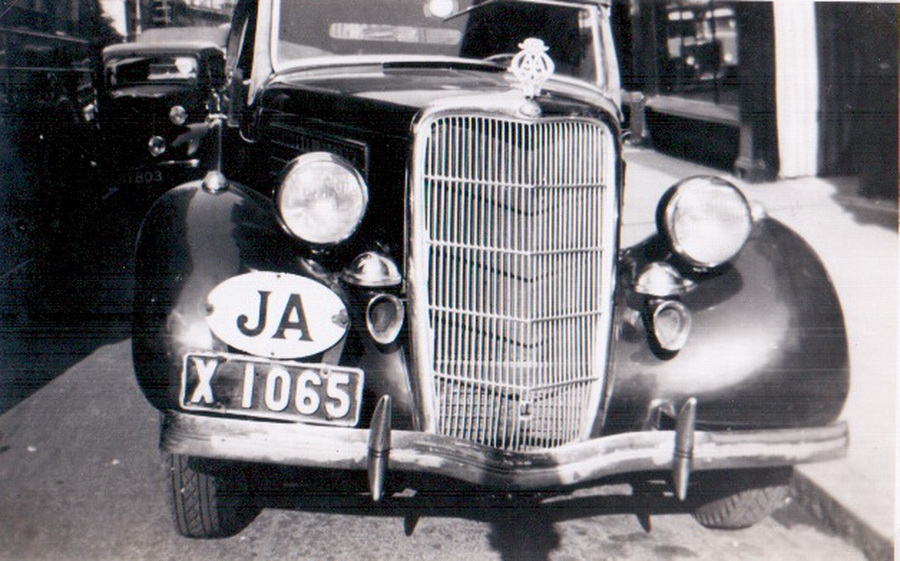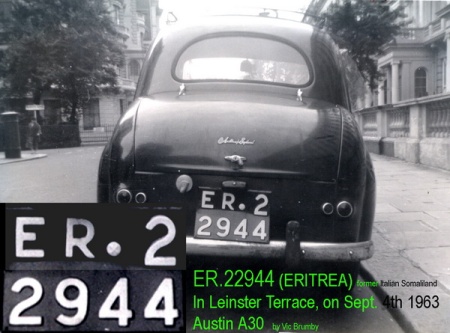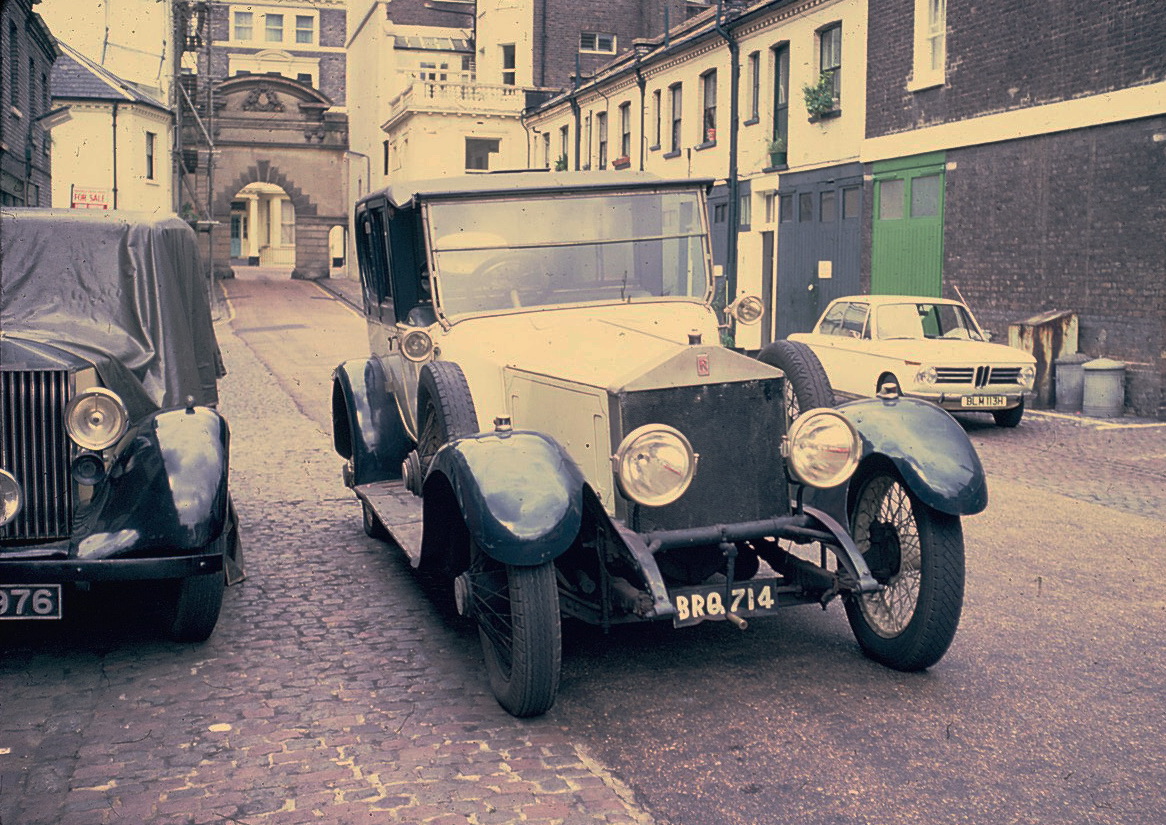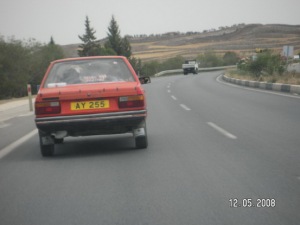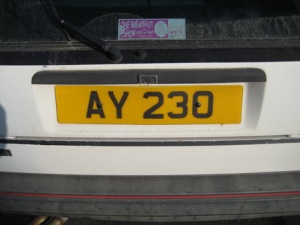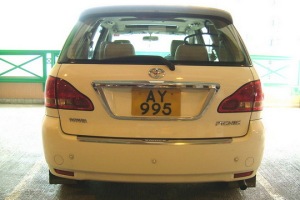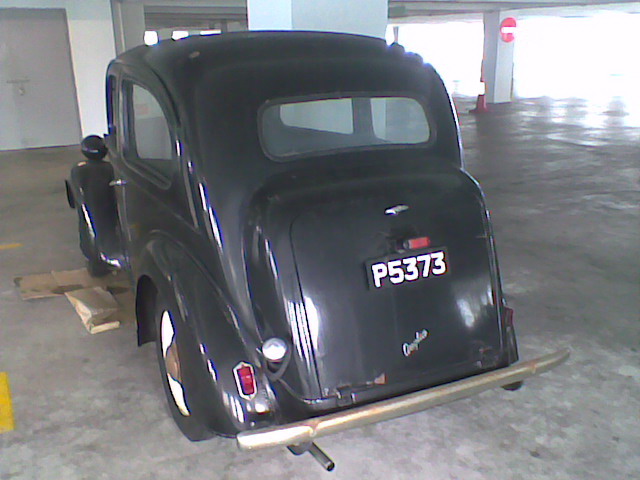
TEHA, the Europlate photo archive* comprises the photo collections of Members who have kindly offered their now-historic (pre-1975-ish) pictures for the others to enjoy. Press cuttings, b/w and colour photos and transparencies (slides) are all included in the sources. The amalgamation of several collections has helped to identify plates previously uncatalogued, and even to discover new series. A handful of countries remains to be completed, as time permits.
All Europlate members can find the entire Archive to date, which is supplemented every day by extra pictures and by added or corrected details, at this* address, current 25/11/2019:*
Members should send a request to Vic Brumby to access the archive on Dropbox. If you are not yet a Europlate member, join our club below! Join Europlate now*
Many of the photos in Members’ albums were principally taken to record number-plates, but they also include background items of interest to other collectors, travellers and to old vehicle buffs, and a few such images follow in this chapter, which shows Wolseley cars around the world.. In a world now dominated by Japanese brands, it is interesting to look back on the earlier days of motoring, when British, American and European makers fulfilled the global demand for transport. Then, in later post-WW2 years, dozens of once-famous marques ceased production and the New Asia became the bulk motor-builders, leaving only a handful of famous makes in the fields of specialist and luxury vehicles manufacture to the ‘Old World’. WOLSELEY was a high-quality British maker from the turn of the 20th century. The marque was used by senior administrators of Empire, as witness this picture below of a gold Wolseley 25hp Mk.3 ‘Silent Six’ convertible carrying Governor Lt.-Grn. Northcott on a tour of Sydney circa 1938.
 and, above, on another occasion, showing the massive Lucas P100 headlights as fitted to many grand cars of the period. (Europlate archive)
Below, a saloon model of the 14/56 owned by 1935-41 C-in-C New Delhi, circa 1937, sporting a privileged number D 9. (Europlate archive)
and, above, on another occasion, showing the massive Lucas P100 headlights as fitted to many grand cars of the period. (Europlate archive)
Below, a saloon model of the 14/56 owned by 1935-41 C-in-C New Delhi, circa 1937, sporting a privileged number D 9. (Europlate archive)
 (BI – 1900-1947)
Below: A 25hp Wolseley on Dealer* number-plates 131 Z in late 1930s British India. *Trade plates are thought to have been red on white. (Europlate archive)
(BI – 1900-1947)
Below: A 25hp Wolseley on Dealer* number-plates 131 Z in late 1930s British India. *Trade plates are thought to have been red on white. (Europlate archive)
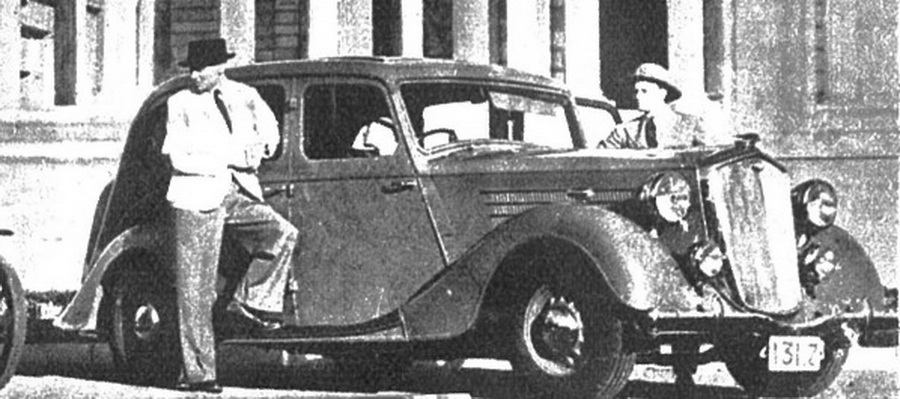
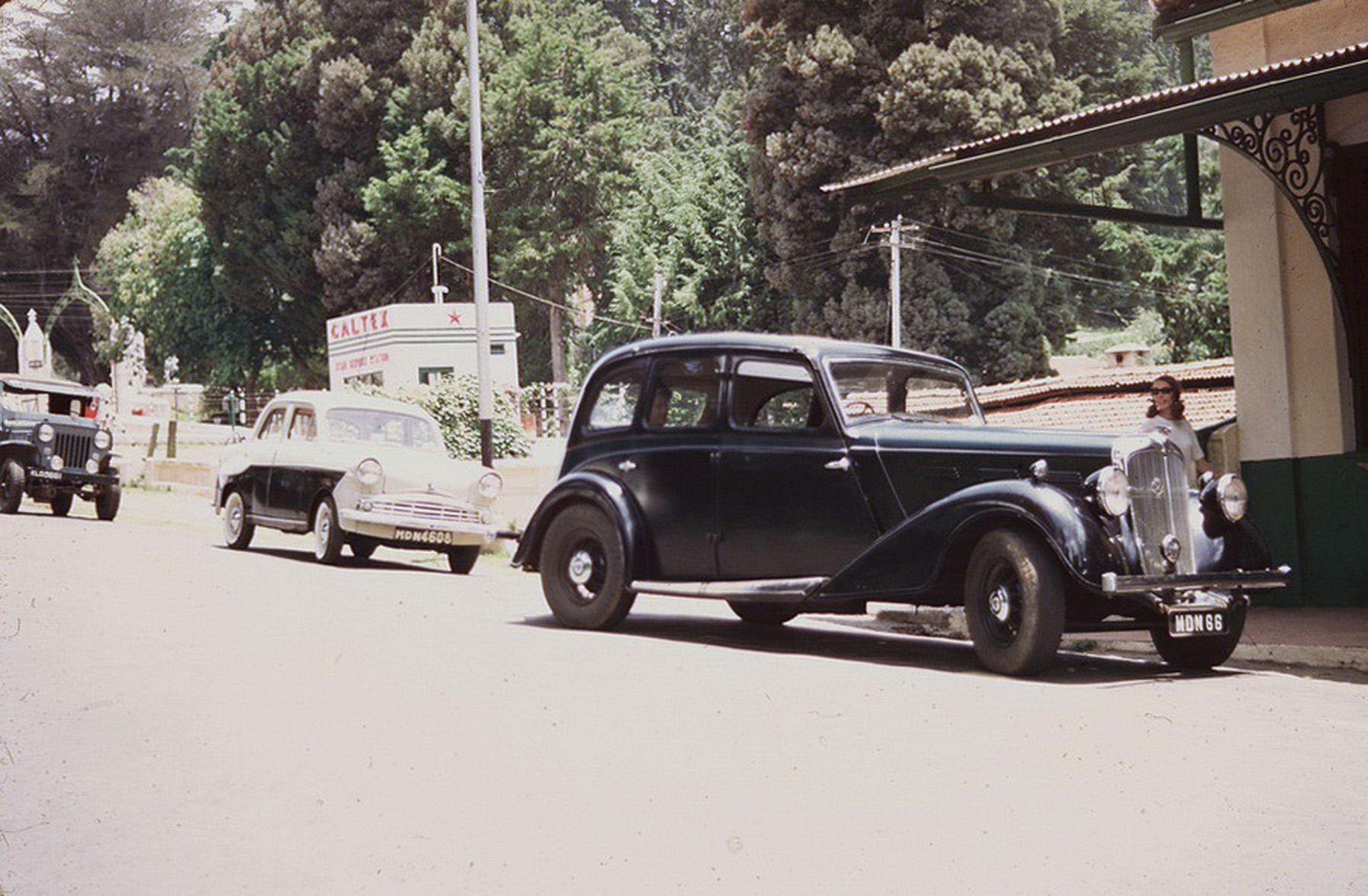 (IND – 1947-68)
Above – Morris Motors amalgamated with Wolseley in the 1930s and that union spawned the mighty Morris 25-6, or Big Six, which a casual observer would surely take for a Wolseley 25. This 1930s chauffeur-driven Morris example MDN 66 was photographed in the Nilgiris tea-country at Ootacamund, Madras State, in 1968, as the mem-sahib went about her shopping. The c.1936-ish car has been re-registered in to the c.1947-68 series. (MDN = Madras State, Nilgiris region.) (Brumby archive)
(IND – 1947-68)
Above – Morris Motors amalgamated with Wolseley in the 1930s and that union spawned the mighty Morris 25-6, or Big Six, which a casual observer would surely take for a Wolseley 25. This 1930s chauffeur-driven Morris example MDN 66 was photographed in the Nilgiris tea-country at Ootacamund, Madras State, in 1968, as the mem-sahib went about her shopping. The c.1936-ish car has been re-registered in to the c.1947-68 series. (MDN = Madras State, Nilgiris region.) (Brumby archive)
 (NZ) L 10459 — Unusually, this Morris 25 above, in New Zealand, was bodied as a van. Registered (L) as a Light commercial, the 1956-61 plate series was white on mid-brown, L 10459. (Courtesy Helen MacFarlane)
(NZ) L 10459 — Unusually, this Morris 25 above, in New Zealand, was bodied as a van. Registered (L) as a Light commercial, the 1956-61 plate series was white on mid-brown, L 10459. (Courtesy Helen MacFarlane)
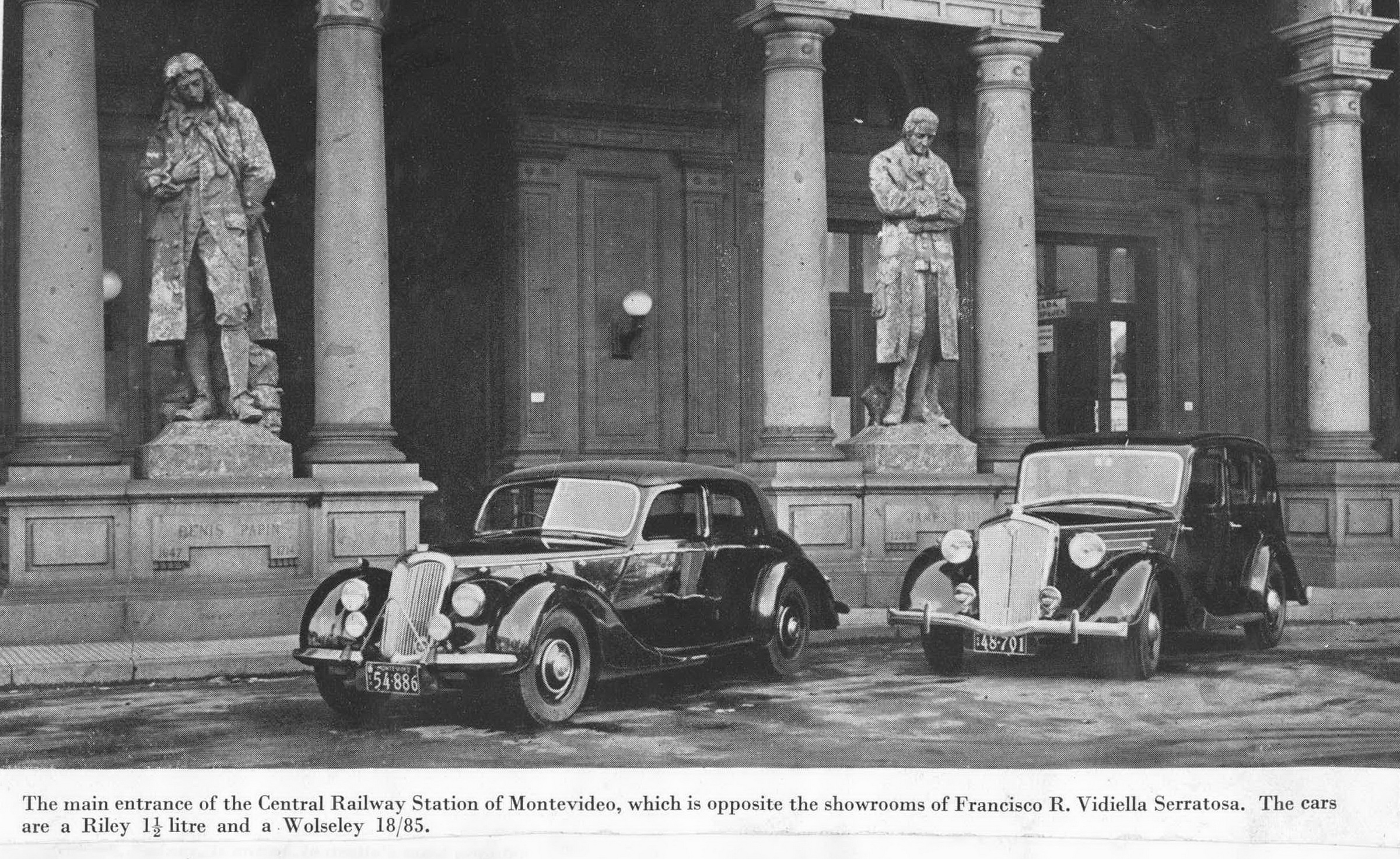 Above: The 1938-41 and 1945-48 Wolseley 18/85 model found an export market in Uruguay, where Montevideo-registered 48-701 in white-on-black was seen alongside a Riley RMA 1.5 litre saloon 54-886. (Photo c.1949, via Karel Stoel-Europlate archive)
Above: The 1938-41 and 1945-48 Wolseley 18/85 model found an export market in Uruguay, where Montevideo-registered 48-701 in white-on-black was seen alongside a Riley RMA 1.5 litre saloon 54-886. (Photo c.1949, via Karel Stoel-Europlate archive)
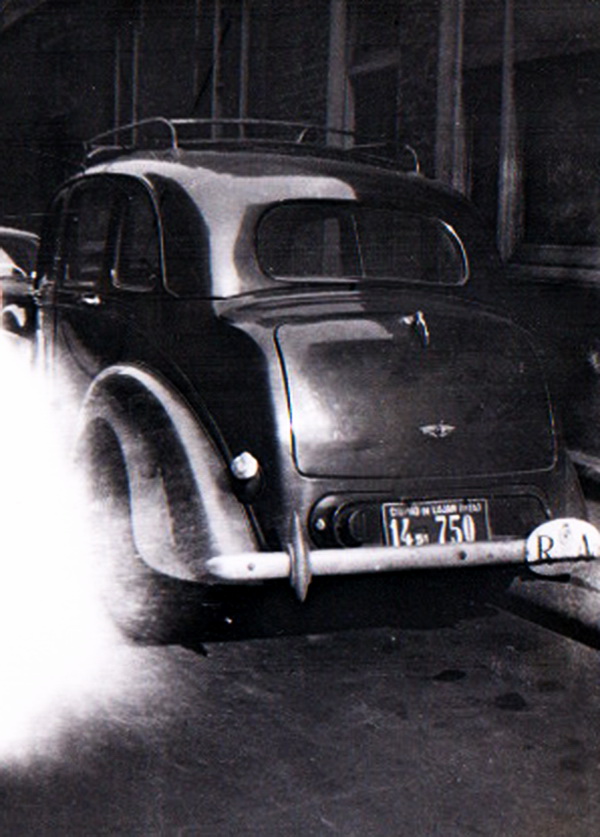 Above – Another Wolseley 18/85 in South America is this Argentine example, registered in 1951 Neuquen state, Lajas City. The car would have probably have been from the 1945-48 post-war batch. Plate 14 51 750. (Europlate archive)
Above – Another Wolseley 18/85 in South America is this Argentine example, registered in 1951 Neuquen state, Lajas City. The car would have probably have been from the 1945-48 post-war batch. Plate 14 51 750. (Europlate archive)
 Above — Carrying no plates, but the British Crown, this 1957 shot depicts the Wolseley 6/90 of the long-serving Governor of New South Wales. Northcott served in that capacity from 1946 to 1957, being the first Australian to hold the post. (Europlate archive)
Above — Carrying no plates, but the British Crown, this 1957 shot depicts the Wolseley 6/90 of the long-serving Governor of New South Wales. Northcott served in that capacity from 1946 to 1957, being the first Australian to hold the post. (Europlate archive)
 (AUS SA 1930-66) — Another Aussie plate above, and with a privileged, low number SA 357, given to the Governor of South Australia, Sir Willoughby Norrie, for his Wolseley Six-Ninety. This S/A series duration was 1930-66, this photo being circa 1957. (Europlate archive)
(AUS SA 1930-66) — Another Aussie plate above, and with a privileged, low number SA 357, given to the Governor of South Australia, Sir Willoughby Norrie, for his Wolseley Six-Ninety. This S/A series duration was 1930-66, this photo being circa 1957. (Europlate archive)
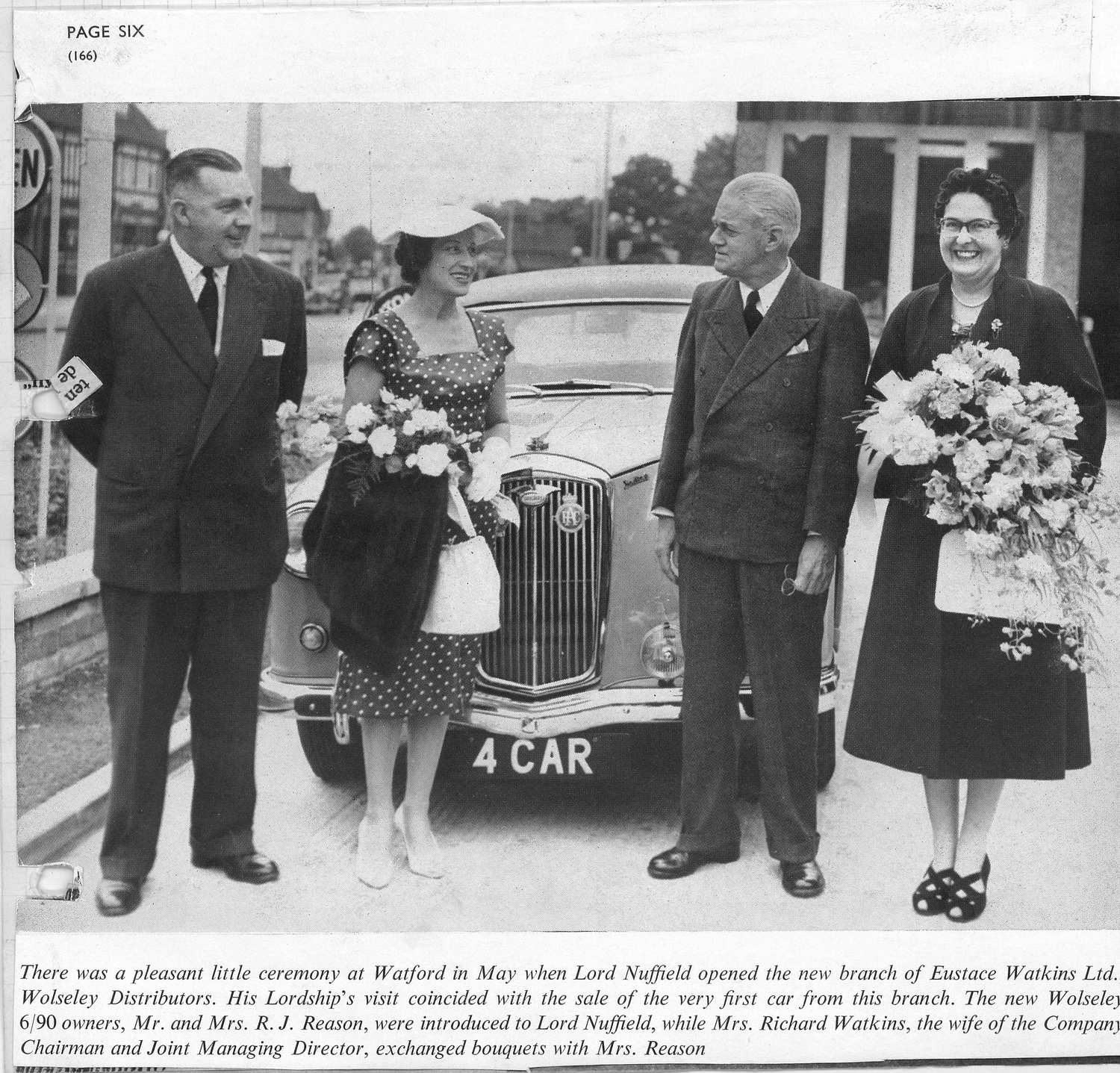 Above – Back in Britain, a new 6/90 Wolseley model meets its new owners, and is handed over by William Morris himself, by now a peer of the realm. Jan 1958 Hertfordshire (county-registered 4 CAR. (Europlate archive)
Above – Back in Britain, a new 6/90 Wolseley model meets its new owners, and is handed over by William Morris himself, by now a peer of the realm. Jan 1958 Hertfordshire (county-registered 4 CAR. (Europlate archive)
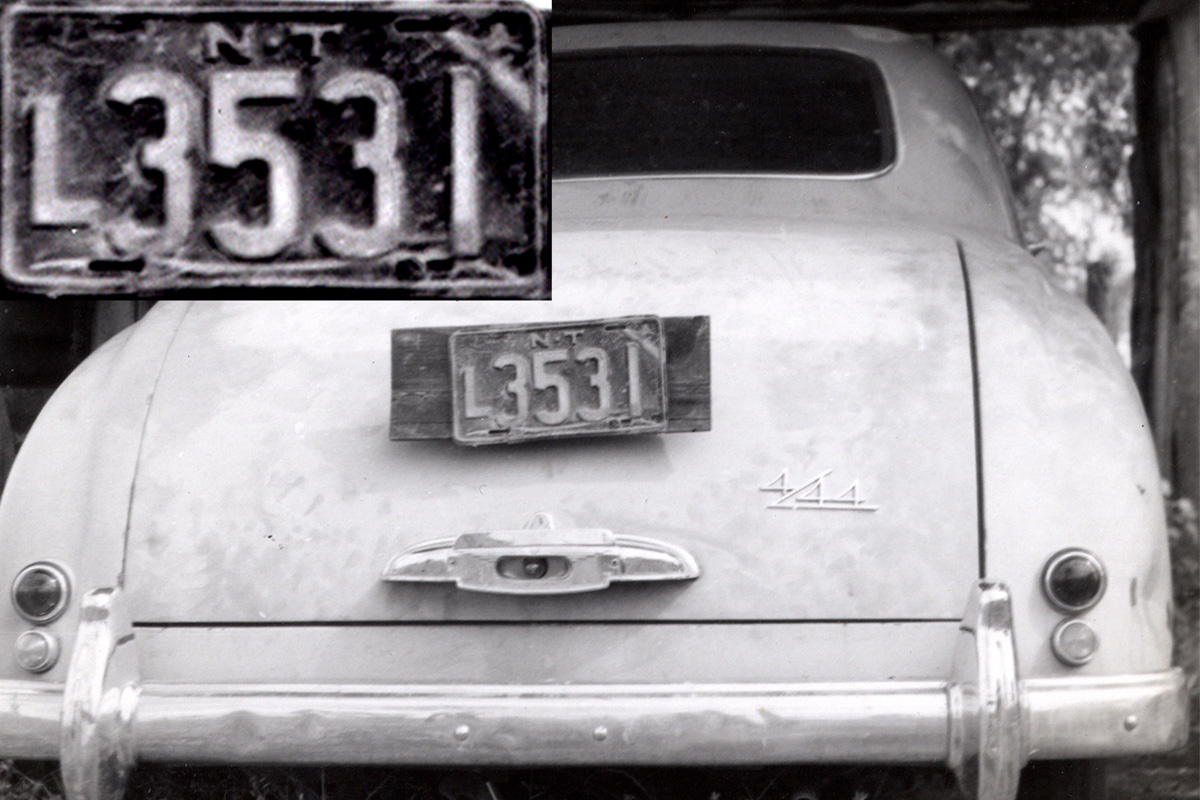 This Wolseley 4/44 captured in a shed in the Northern Territory of Australia in early 1966, has always been a poser, because the L-prefix was for Lorries, not cars! Any ideas? White on black L 3531. (Brumby archive)
This Wolseley 4/44 captured in a shed in the Northern Territory of Australia in early 1966, has always been a poser, because the L-prefix was for Lorries, not cars! Any ideas? White on black L 3531. (Brumby archive)
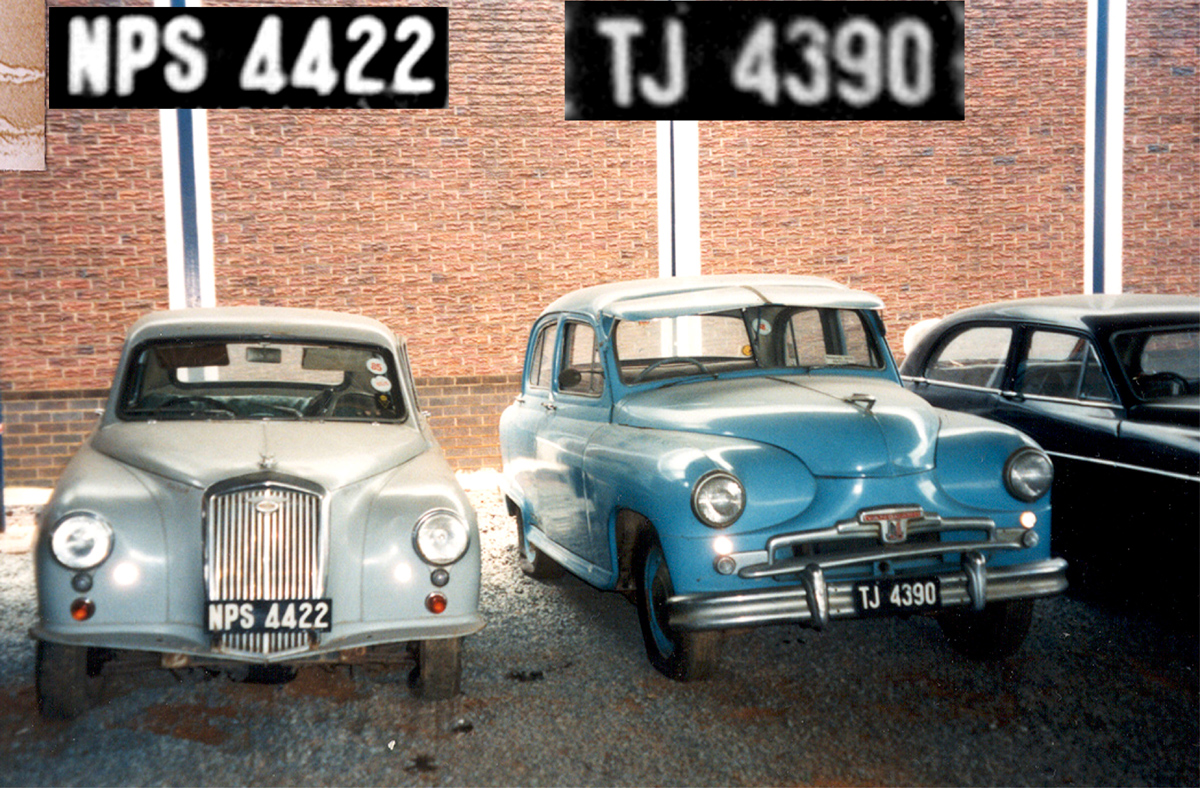 Above – The James Hall Museum of Transport in Johannesburg Motor Museum http://www.jhmt.org.za/ is an unmissable visit when in that city.
One exhibit is a rather jaded Wolseley 4/44, NPS 4422, from (former) Natal-Port Shepstone, which keeps company with a Phase 2 Standard Vanguard, TJ 4390, from Transvaal-Johannesburg. The white on black plates are from the 1914-71 series, both issued in the early 1950s. (Brumby archive)
Above – The James Hall Museum of Transport in Johannesburg Motor Museum http://www.jhmt.org.za/ is an unmissable visit when in that city.
One exhibit is a rather jaded Wolseley 4/44, NPS 4422, from (former) Natal-Port Shepstone, which keeps company with a Phase 2 Standard Vanguard, TJ 4390, from Transvaal-Johannesburg. The white on black plates are from the 1914-71 series, both issued in the early 1950s. (Brumby archive)
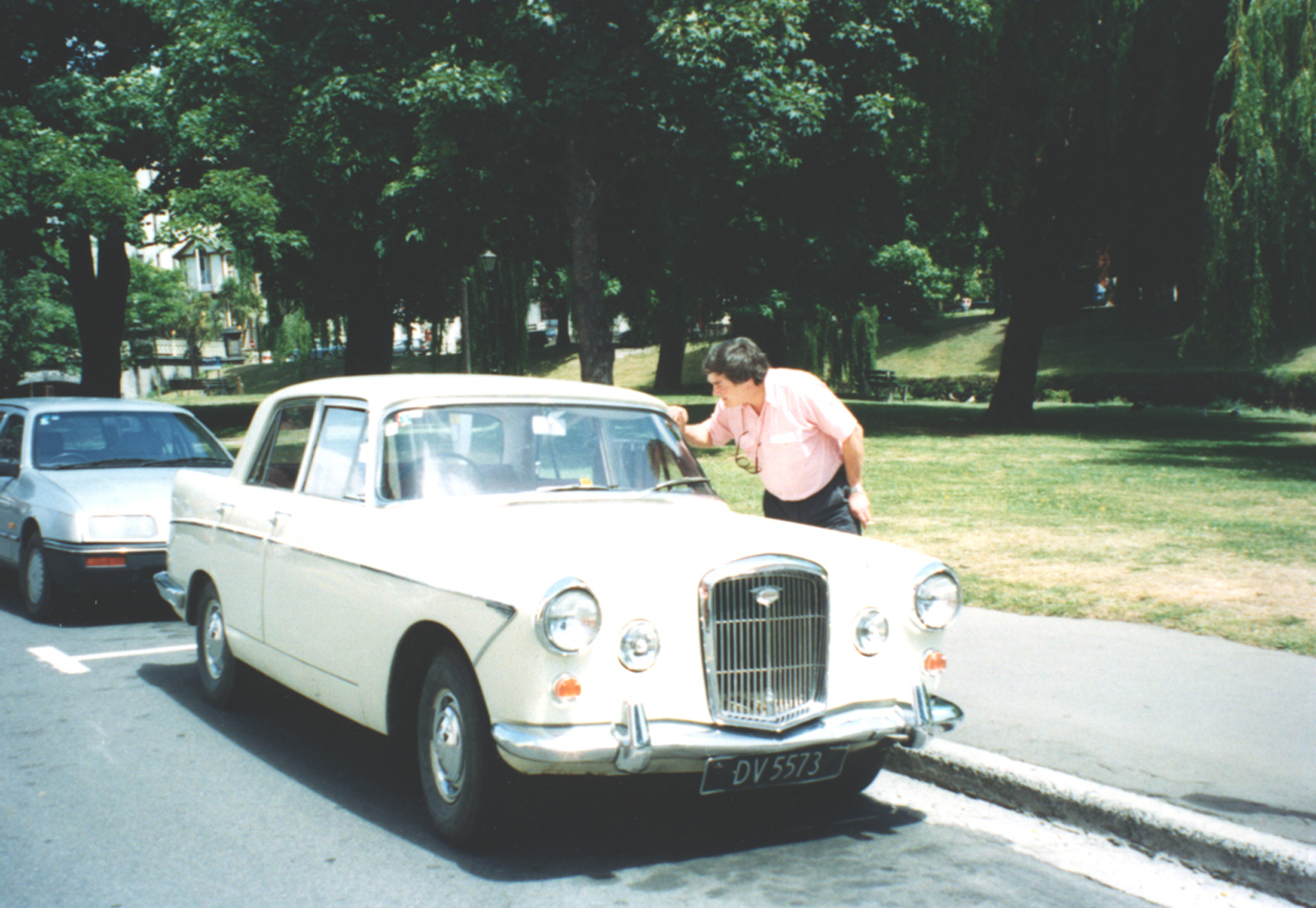 (NZ – 1963-86) DV 5573 is a Wolseley 6/99 in New Zealand c.2000. (Brumby archive)
(NZ – 1963-86) DV 5573 is a Wolseley 6/99 in New Zealand c.2000. (Brumby archive)
16-2-2018 POST SCRIPT – New Finds. Can you identify them all?
Details now entered – 27/4/2018
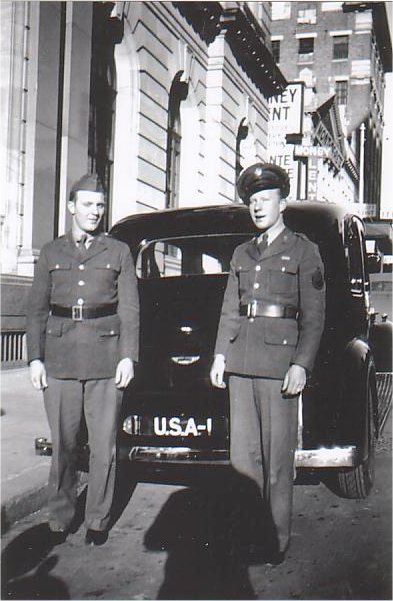 General MacArthur car Sydney 1940s
General MacArthur car Sydney 1940s
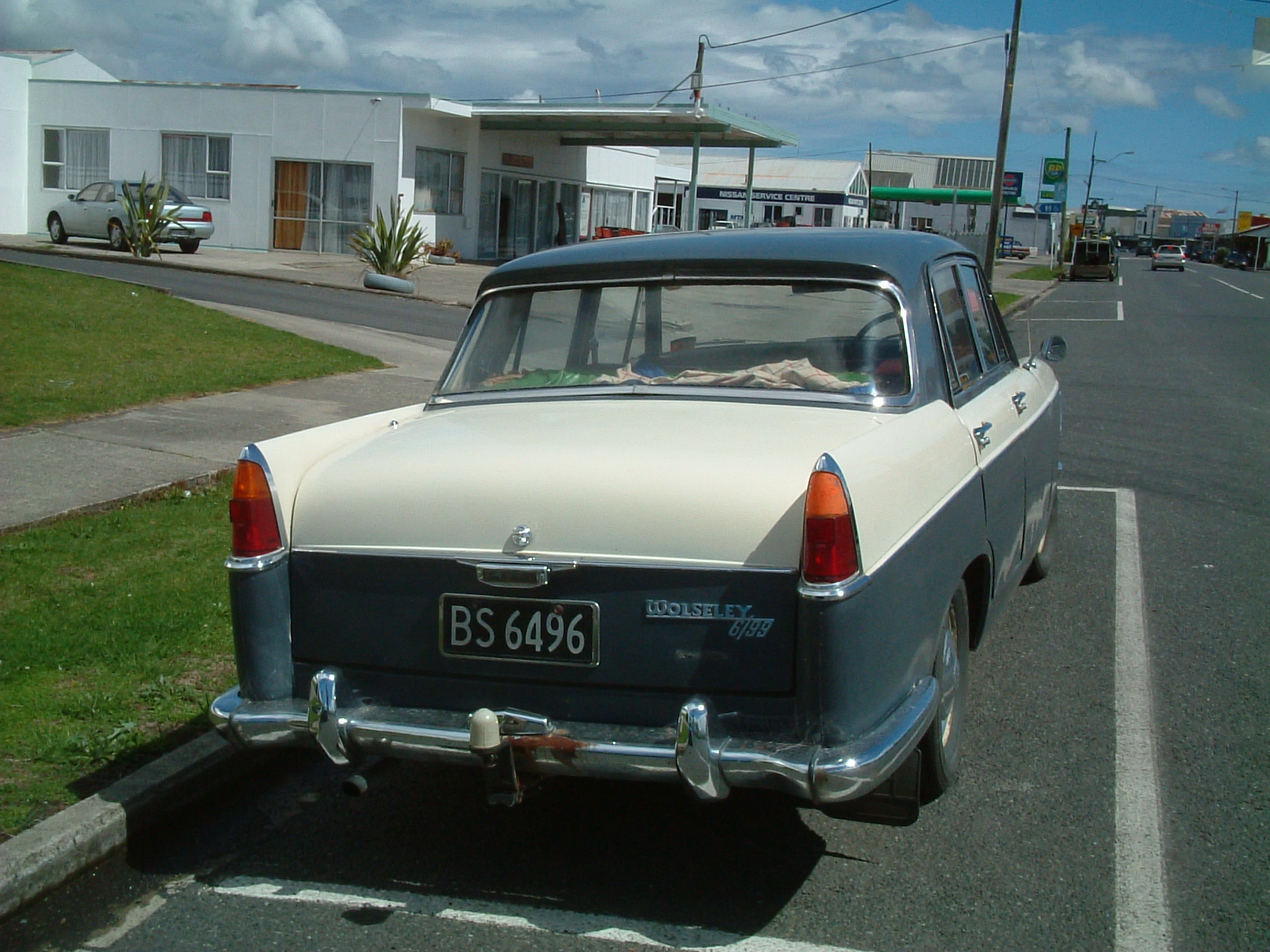 (NZ – 1963-86) BS 6496 – Wolseley 6/99
(NZ – 1963-86) BS 6496 – Wolseley 6/99
 (NZ – 1963-86) AL 276 — A Wolseley 15/68 serves in New Zealand (Brumby archive)
(NZ – 1963-86) AL 276 — A Wolseley 15/68 serves in New Zealand (Brumby archive)
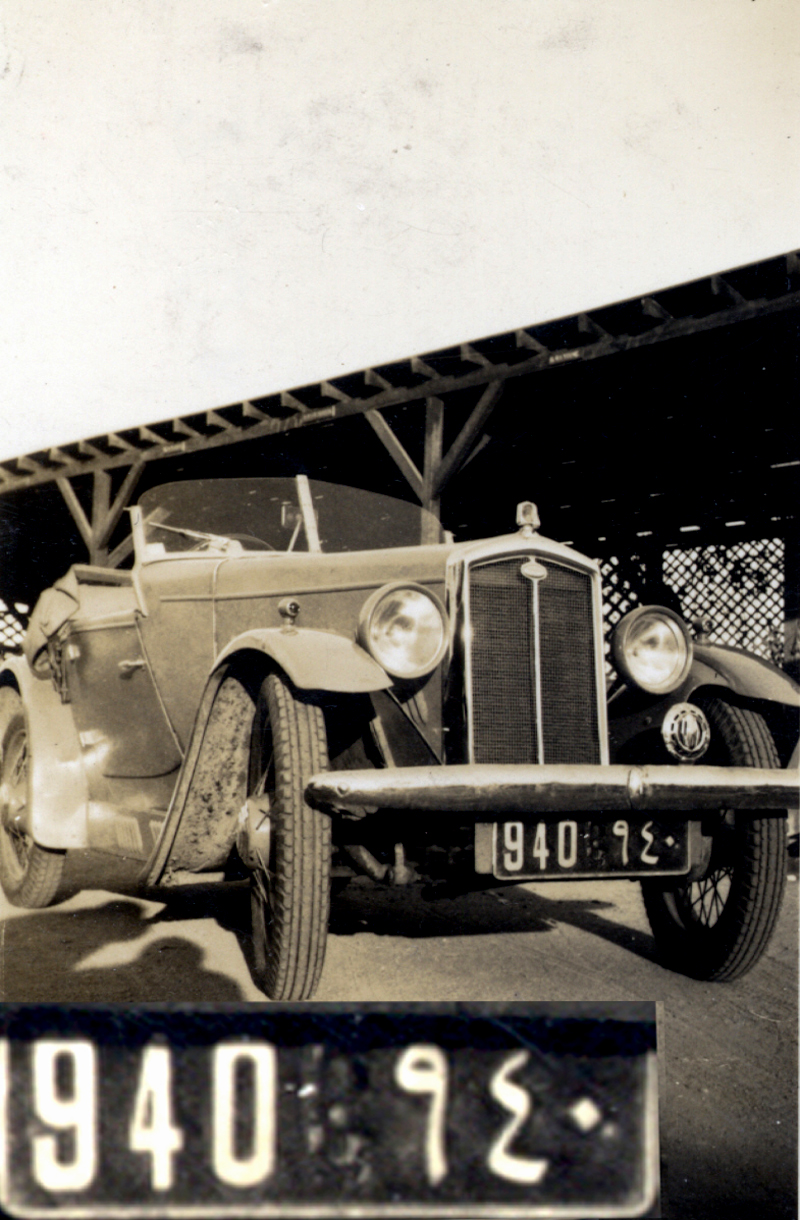 (ET – 1913 – c.1956) C 940 — Cairo-registered Wolseley Hornet uses a cast-alloy plate, with the registration centre code C in red. Taken in the mid-1930s. (Brumby archive)
(ET – 1913 – c.1956) C 940 — Cairo-registered Wolseley Hornet uses a cast-alloy plate, with the registration centre code C in red. Taken in the mid-1930s. (Brumby archive)
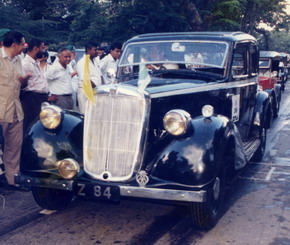 (CL – 1928-40) Z 84 — Another Wolseley-derived Morris 25? Note the Ceylon AA badge, now a rarity. Z 84 is thought to be preserved in Sri Lanka by an active motor club.
(CL – 1928-40) Z 84 — Another Wolseley-derived Morris 25? Note the Ceylon AA badge, now a rarity. Z 84 is thought to be preserved in Sri Lanka by an active motor club.
The Blog images are taken from The EUROPLATE HISTORIC ARCHIVE
which you an access on Dropbox as a Europlate member.



 Posted by Victor Brumby
Posted by Victor Brumby 

























